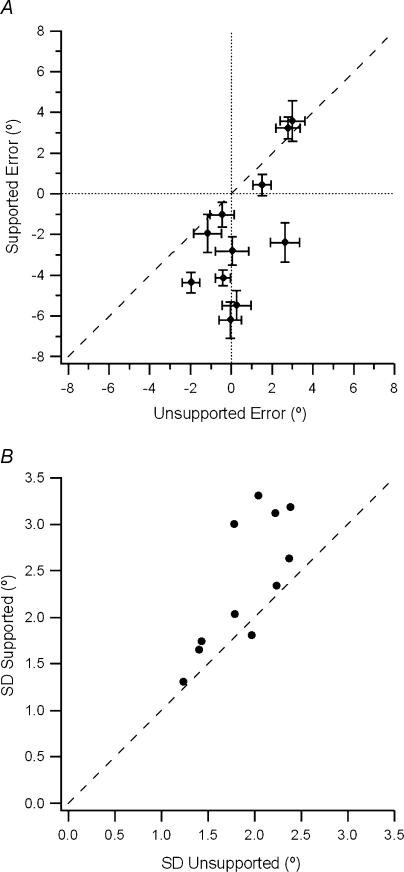Figure 3. Position matching errors for the supported versus the unsupported arm.
A, position errors for supported and unsupported reference arms. The sizes of the errors, in degrees, with the reference arm supported are plotted against the sizes of the errors for the unsupported arm for 11 subjects. Each symbol is the mean (± s.e.m.) of 10 trials for one subject. Positive errors refer to the indicator arm being more extended than reference arm; negative errors are in the direction of flexion. The dotted line indicates zero error, the dashed line, line of equality. Notice that when the arm was supported, errors tended to lie in a direction more flexed than the target, while when the arm was unsupported, errors were distributed more evenly about the target position. B, variability of position errors. For each of the 11 subjects, the standard deviation of position errors, when the reference arm was supported, is plotted against the standard deviation of errors for the unsupported reference arm. Dashed line, line of equality.

